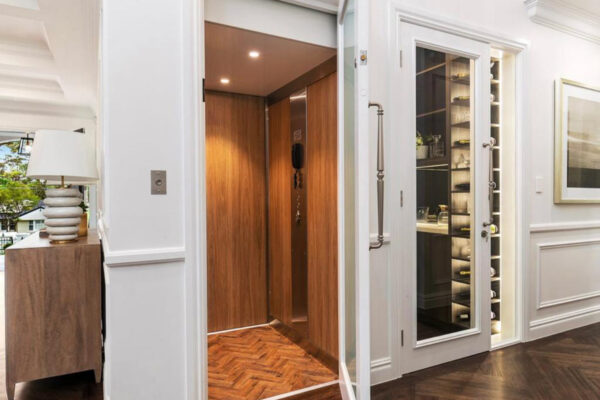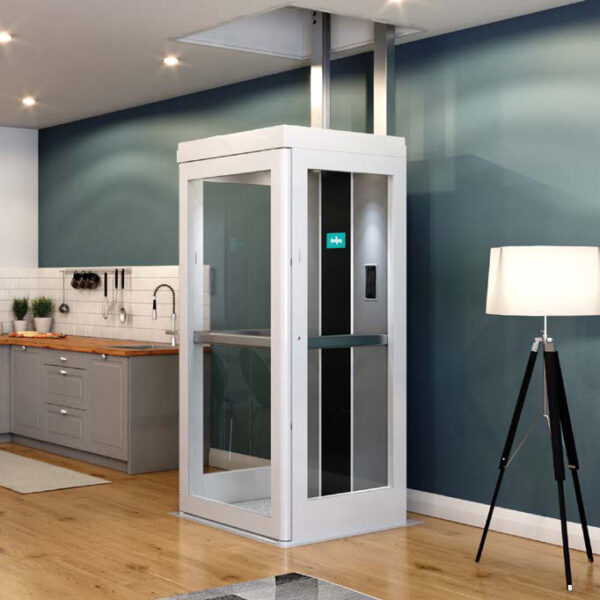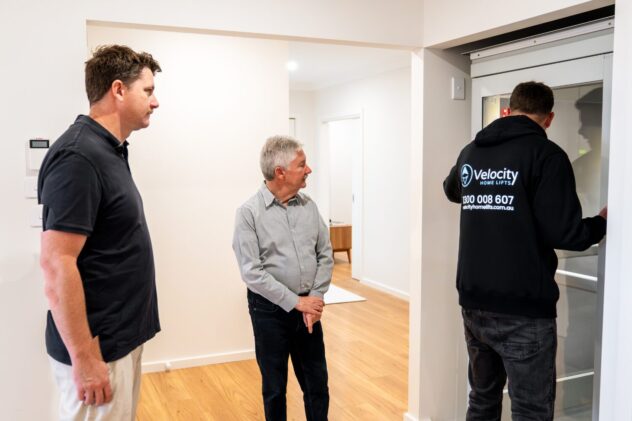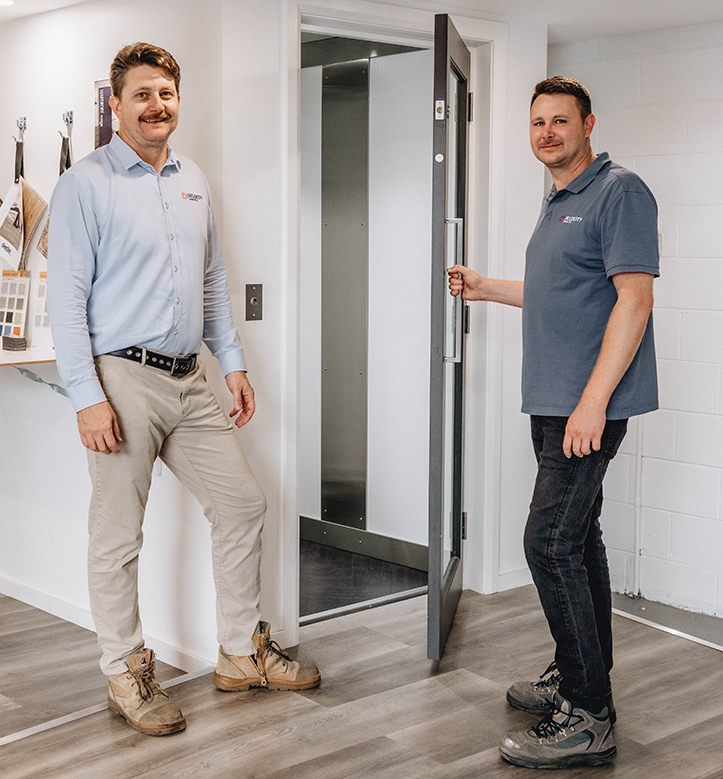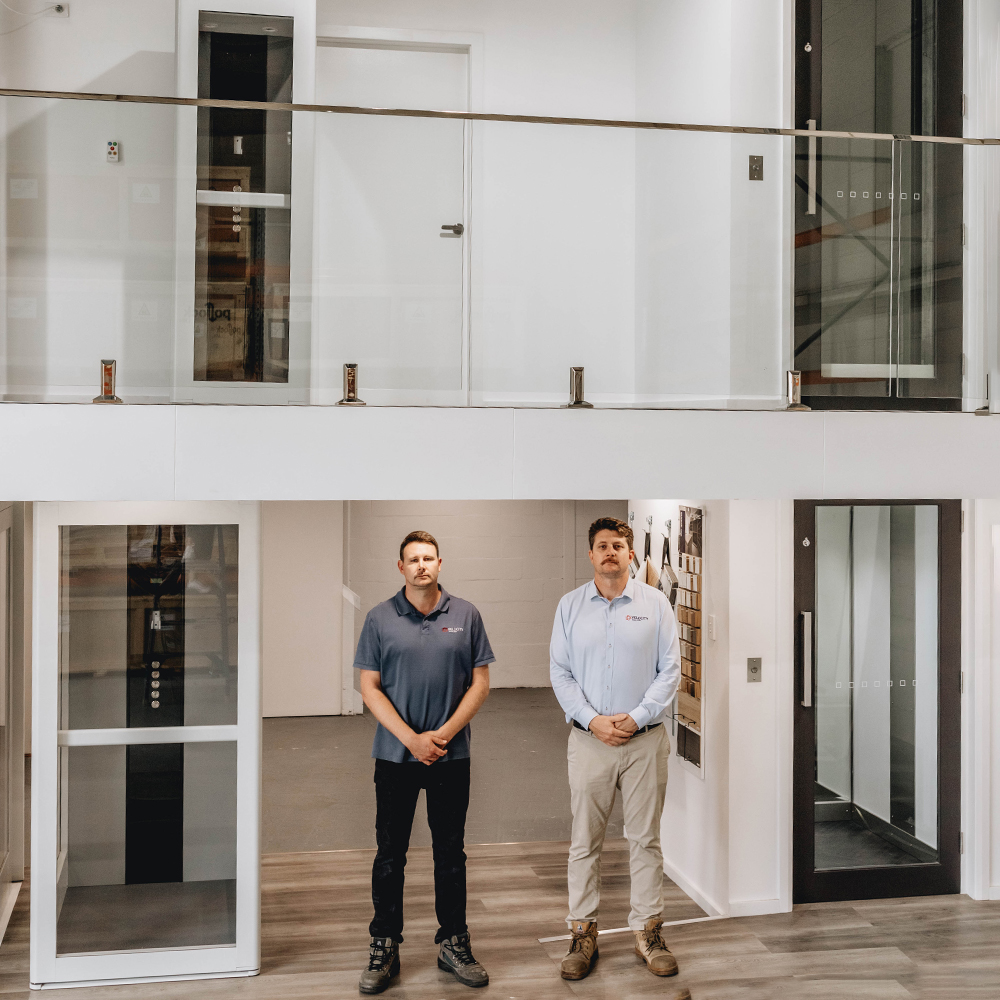As Australia’s population continues to age, with 2.3 million older Australians having disability, representing 52.3% of all older Australians, many families are grappling with an important question: is it time to consider installing a home lift? The decision to invest in a residential lift isn’t just about convenience—it’s about maintaining independence, ensuring safety, and future-proofing your home for years to come.
The Growing Need for Home Accessibility Solutions
The statistics paint a clear picture of Australia’s changing demographic landscape. Over 1 in 6 Australians are now aged 65 and over, and with around 1 in 6 people, that equates to 18% of the population or roughly 4.4 million individuals, having a disability, the demand for accessible housing solutions has never been greater.
More telling is the fact that 12% of older Australians have unmet mobility needs, struggling with daily activities that younger generations take for granted. This reality is prompting many homeowners to reconsider how their multi-storey homes can better serve their long-term needs.
1: Difficulty Navigating Stairs
The most obvious indicator that you might benefit from a home lift is experiencing difficulty with stairs. This challenge manifests in various ways:
Physical discomfort: If climbing stairs has become painful, exhausting, or causes shortness of breath, your body is signalling that vertical navigation is becoming problematic. Research from the Australian Institute of Health and Welfare shows that mobility limitations significantly impact quality of life for older Australians.
Avoiding upper levels: When family members start avoiding bedrooms, bathrooms, or living spaces on upper floors, it’s a clear sign that accessibility has become an issue. This avoidance often leads to underutilising valuable living space and can impact property functionality.
Safety concerns: If you or family members have experienced falls, near-misses, or feel unsteady on stairs, safety should be the primary consideration. Studies indicate that stair falls are particularly concerning for older adults, with research showing that many older adults perceive home stair falls as a significant risk requiring prevention measures.
2: Planning for Aging in Place
Australia strongly supports the concept of aging in place, with seven of every 10 older Australians living in the community rather than residential care facilities. If you’re committed to remaining in your beloved home as you age, installing a lift represents forward-thinking preparation.
Future-proofing your home isn’t just about current needs—it’s about ensuring your living environment can adapt to changing circumstances. Of the 5.3 million people with disability living in households, 11.4% (or 605,400 people) had made home modifications, demonstrating that home adaptations are already a significant consideration for many Australian families.
3: Supporting Family Members with Mobility Challenges
Home lifts aren’t exclusively for older residents. They provide crucial support for family members of any age who experience mobility challenges, whether temporary or permanent. This includes individuals recovering from surgery, those with chronic conditions, or family members using mobility aids.
The Department of Veterans’ Affairs recognises lifts as essential home modifications, highlighting their importance in supporting independence and quality of life.
4: Frequent Heavy Lifting Requirements
Consider how often you transport heavy items between floors—laundry baskets, groceries, luggage, or furniture. If these tasks have become burdensome or risky, a home lift can eliminate the strain and safety concerns associated with carrying heavy loads on stairs.
5: Property Value and Future Resale Considerations
Installing a residential lift represents a significant investment in your property’s accessibility and market appeal. With Australia’s aging population, homes featuring accessibility modifications are likely to become increasingly attractive to buyers. The growing demand for accessible housing solutions means that home lifts not only enhance current living but also add substantial value to properties.
6: Multi-Generational Living Arrangements
If your household includes elderly parents, grandparents, or multiple generations sharing living space, a home lift ensures everyone can access all areas of the home comfortably and safely. This is particularly relevant as multi-generational living becomes more common in Australia.
Understanding Your Options
Modern residential lifts have evolved significantly from traditional elevators. Today’s options include compact, energy-efficient models that can be installed with minimal structural modification. Contemporary lifts can require minimal space, making them viable for most homes, with some models designed to fit in areas smaller than a typical shower space.
Installation costs typically range from $45,000 to $60,000, with many models eligible for GST exemption when installed for mobility purposes. Additionally, some installations may qualify for government assistance or NDIS funding, depending on individual circumstances.
Safety and Compliance Considerations
All residential lifts in Australia must comply with AS1735 standards and be registered with SafeWork authorities, ensuring safety features including emergency communication systems, backup power, and multiple safety mechanisms. These regulations provide peace of mind that your investment meets the highest safety standards.
Making the Decision
The decision to install a home lift shouldn’t be delayed until mobility becomes severely compromised. Early installation allows time to adapt to the new system while physical capabilities remain strong, ensuring maximum benefit and safety.
Consider consulting with accessibility specialists who can assess your specific needs and recommend appropriate solutions. Many companies offer free consultations and can provide detailed information about installation requirements, ongoing maintenance, and warranty coverage.
Making the Right Decision About Your Home Lift
Recognising the signs that indicate you might benefit from a home lift is the first step towards maintaining independence and safety in your multi-storey home. Whether driven by current mobility challenges, future planning, or family considerations, residential lifts offer a practical solution that enhances quality of life while adding long-term value to your property.
The key is not waiting until stairs become an insurmountable barrier, but proactively addressing accessibility needs while you have the physical and financial capacity to make informed decisions about your living environment.
Ready to explore your home lift options? Our team of home accessibility experts is here to help you determine whether a residential lift is right for your situation. We offer complimentary in-home consultations where we’ll assess your space, discuss your mobility needs, and explain the different lift solutions available.
With over 8 years of experience installing lifts across Australia and our industry-leading warranty coverage, we’re committed to helping you maintain your independence and safety at home. Contact Velocity Home Lifts today to schedule your free consultation and take the first step towards future-proofing your home.

